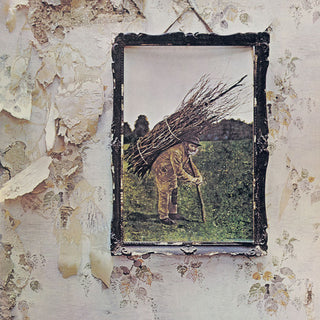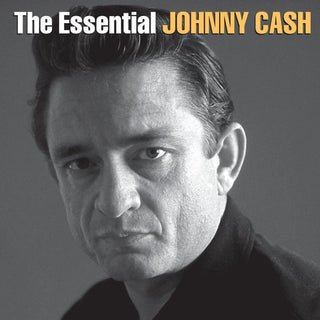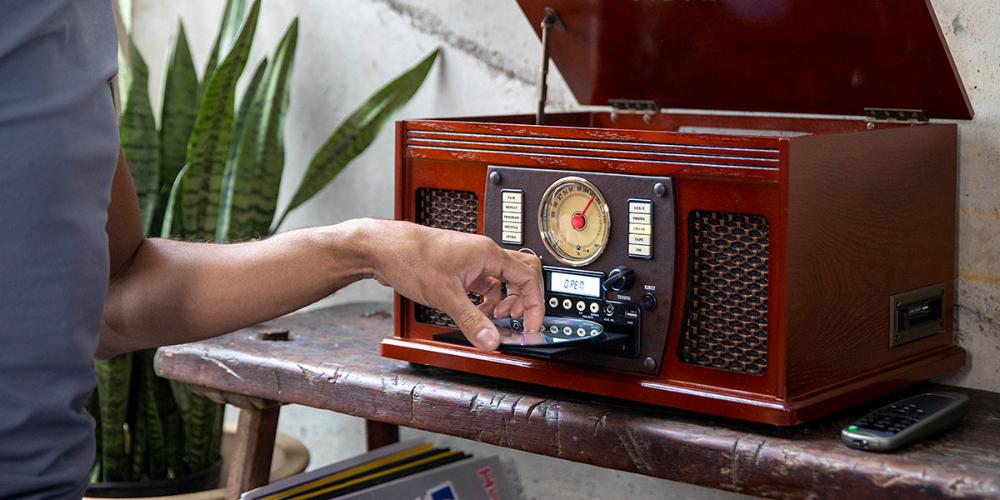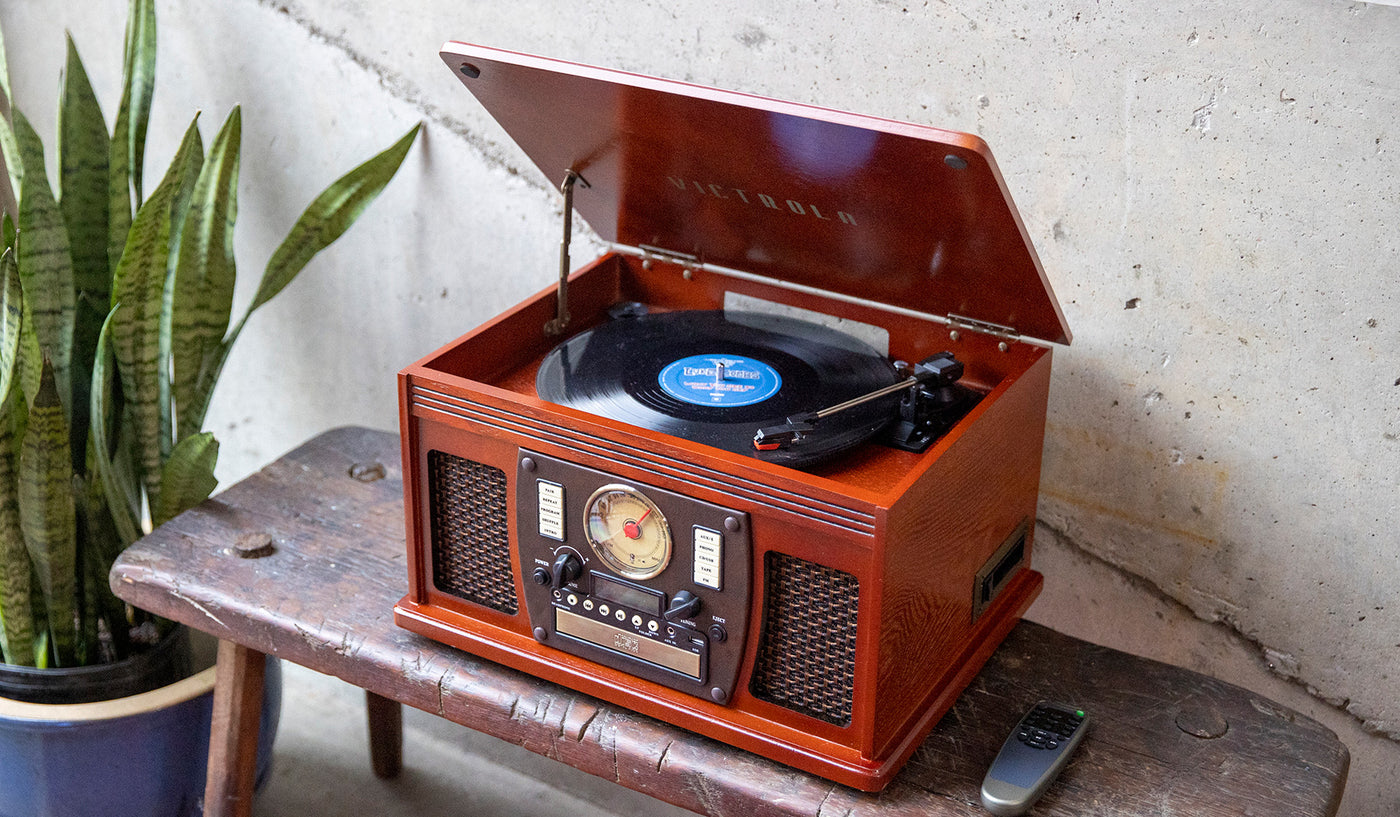A Celebration of Black Music and Culture
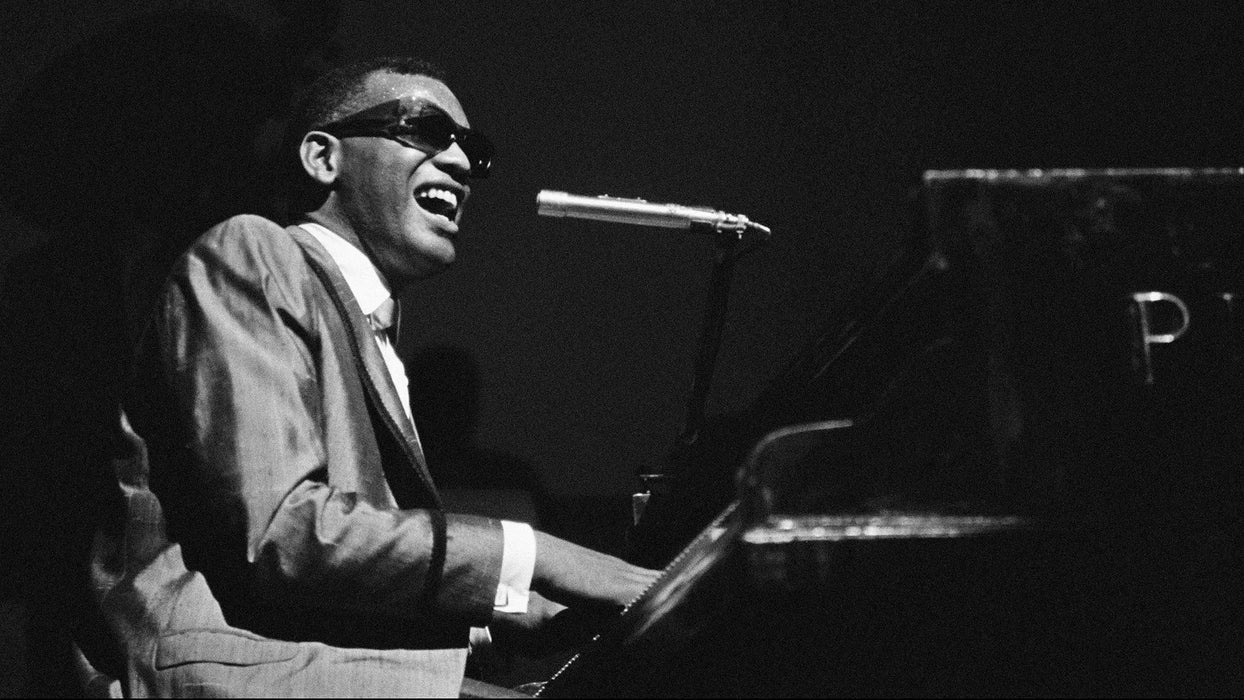
The 19th of June marks Juneteenth, the date in 1865 when the last enslaved people in the United States were informed that they were free. The formal recognition of Juneteenth as a federal holiday in 2021 represents something of an opportunity for all Americans to reflect, learn, and honor those who fought, and continue to fight for racial equality. Music has played an incredibly important role in the fight for Black liberation, from spirituals through the Civil Rights era to the modern day while the struggle for true equality and equity rages on. We believe music can tell vivid stories and conjure powerful emotions that words often lack, so we would like to use Juneteenth as an occasion to celebrate African-American music and how it has come to help define American culture at large.
Origins
Put simply and concisely, nearly every musical genre popular in the United States today was either created or heavily influenced by Black Americans. Enslaved people would often sing spirituals, songs that combined the African rhythms and musical stylings of their ancestors with Christian hymns and choir music. These spirituals were a way for enslaved people to foster community, pass down oral traditions, and boldly protest the cruelty of slavery. Spirituals also laid the foundation for a number of musical genres that would go on to influence the popular music of today, directly transitioning into gospel music while also helping to shape genres like blues, jazz, and folk.
The Blues

Robert Johnson, c. 1936
The blues, it can be argued, is the most influential form of music developed in the United States. Blues combined elements of the aforementioned spirituals, call-and-response patterns, and the development of "blue notes" in a scale that gave the genre its unique tone. While original blues verses were fairly simply, the genre quickly developed into one that focused on storytelling. Stories often ranged from the difficulties of poverty, racial discrimination and segregation, and personal relationships.
Different forms and subgenres of blues developed geographically, from Delta blues in the deep south to Texas and Chicago. Vocalists like Ma Rainey and guitarists like Robert Johnson were early blues stars, with Johnson popularizing the myth of selling one's soul at the crossroads.
Advances in technology led to the genre being electrified in the 1940s and the advent of Chicago blues, with the electric guitar taking on a starring role. Artists like B.B. King and Muddy Waters became mainstream stars, with their musical prowess leading to radio play, and eventually, the creation of rock and roll.
Jazz

Miles Davis, 1967
Jazz was birthed in New Orleans, a combination of blues and ragtime music defined largely by polyrhythms and musical complexity, as well as improvisation. By the 1920s, it had become a popular form of music among America's youth, leading to the Jazz Age, with stars such as Louis Armstrong and Bessie Smith leading the charge. The increasing popularity of jazz led to the formation of subgenres, with swing music being the first major branch-off. Jazz was a prominently intersectional form of music, with Black and Jewish Americans working in conjunction with one another largely due to the discrimination both groups experienced.
Swing became popular as a concert genre in the 1930s and '40s and often featured integrated bands led by a single bandleader. Pop vocalists like Frank Sinatra began gaining in popularity, as swing attracted increasingly white audiences. With the passing of World War II and the rapidly changing demographic, jazz musicians began shifting the genre into a new format. Bebop jazz developed in the '40s and carried through the '50s and '60s, a subgenre largely defined by virtuosic musicianship, extensive improvisation, and more of a focus on art than popularity.
Bandleaders like Miles Davis and Thelonious Monk put their bandmates through the ringer, establishing rigorous standards that led to bebop groups featuring some of the finest musicians of the day. Virtuosos like Charlie Parker and Davis dazzled fans with energetic concert experiences and created memorable records like Kind of Blue and Jazz at Massey Hall. Davis was a unique innovator, never quite satisfied, eventually leading to the creation of jazz-rock fusion and the seminal album Bitches Brew.
Rock and Roll

Sister Rosetta Tharpe, 1950s
While Elvis Presley has erroneously been proclaimed as the King of Rock and Roll, it has become fairly widely accepted that the genre was actually developed by a variety of Black artists in the 1950s. Rock and roll has its origins mostly in blues, particularly the electric variation of Chicago Blues. It was originally defined by its use of electric instruments and its shuffling, "skiffle" beat.
The origins of rock and roll are a hotly debated topic. It is a unique genre, with aspects of both racial harmony and division defining its early days. Both young Black and white audiences enjoyed the genre, but "rock and roll" was typically reserved for white artists, while Black musicians who played and originated the genre were usually described as rhythm and blues or even "race music."
Still, Black musicians continued to innovate the genre, with guitarists like Chuck Berry and Sister Rosetta Tharpe using the guitar as a lead instrument and modifying their amplifiers to produce distortion. Rock and roll would go on to become one of the more important genres of the 20th century, helping to define teen and youth culture in the '50s and '60s as the genre underwent stylistic shifts.
In the 1960s, rock music was closely identified with counterculture, with many rock bands involving themselves in the fight for civil rights, using their music to protest racial segregation, discrimination, and war in Vietnam. Jimi Hendrix's landmark performance at Woodstock established him as one of the greatest musicians of his era and a true icon of the genre.
R&B and Soul

The Supremes, 1960s
Rhythm and blues developed somewhat simultaneously with rock and roll. Used by publications primarily to assign differences between Black and white musicians, the genre actually took on a life of its own, with artists like Little Richard and Bo Diddley creating a bridge between the two genres.
While R&B began in the '40s and '50s, the founding of Motown Records in 1958 served as something of a line of demarcation. Motown helped to popularize R&B and soul, getting the genre mainstream airplay when white labels were attempting to co-opt the genres. Major acts like The Supremes came to define the "Motown Sound" as the label became the dominant outfit for R&B and soul.
Soul music was an offshoot of R&B, with more of an emphasis on vocals and incorporation of gospel elements. Artists like Ray Charles were tremendously influential on the genre, with his popularity even leading him to cut a country record in the early 1960s. Aretha Franklin, another massively popular artist, became known as the Queen of Soul with albums like Lady Soul.
Soul musicians played major role in the Civil Rights Movement of the 1960s. Sam Cooke, previously a relatively apolitical artist, recorded "A Change is Gonna Come", a scathing rebuke of racism and discrimination faced by African-Americans. This continued into the 1970s with Marvin Gaye's What's Going On, a transformative concept album that focused on racial justice, police brutality, and the Vietnam War.
Today, artists like Beyoncé and Lizzo are standard bearers, creating their own brands of pop-infused R&B that dominates the charts.
Hip-Hop and Rap

Run-DMC, c. 1985
In the Bronx during the 1970s, an entirely new musical genre was being developed, a unique synthesis of virtually everything that came before with a totally original sound. Hip-hop was emerging, a genre heavily focused on rhythm, with a rapped, rhyming vocal style. Turntables were used to help build the genre, with early DJs using them to remix popular songs and introducing record scratching, allowing them to essentially play the turntable like an instrument.
Disco was a major influence on early hip-hop, but the genre really began to come into its own in the mid 1980s. Groups like Run-DMC used emerging technology like drum machines and added a bit of an edge to their music, leading to increased play on mainstream radio.
By the late 1980s, hip-hop was a major American musical genre. Groups like A Tribe Called Quest and Public Enemy introduced socially conscious lyrics into their music. Gangsta rap soon developed, with N.W.A's Straight Outta Compton serving as a landmark release. The group helped to introduce mainstream audiences to the realities of life many African-Americans living in inner cities experience, with racism and police brutality serving as major themes.
N.W.A's success also led to Los Angeles establishing itself as a hip-hop capital to rival New York, and the infamous "East vs. West" feud. Artists like 2Pac and Snoop Dogg were pitted against the New York based likes of Nas and the Notorious B.I.G.
Hip-hop remains a dominant force in American music, with artists like Kendrick Lamar and his record To Pimp a Butterfly widely considered the apex of modern hip-hop.
This fairly brief primer is just that, a tip-of-the-iceberg look at how Black music has helped to shape American culture. There are many different ways to celebrate Juneteenth. Educate yourself on the history and the origins of the holiday. Head to your local Juneteenth celebration. Volunteer for a justice-oriented organization and patronize Black-owned businesses. However you choose to celebrate, remember to think critically, engage, and respect.


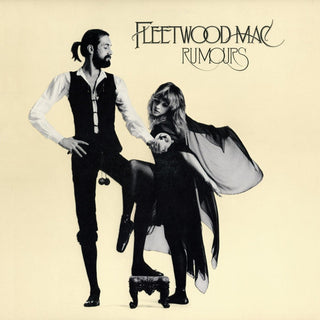
![Taylor Swift: 1989 (Taylor's Version) [2 LP]](http://victrola.com/cdn/shop/files/TaylorSwift1989_fd7f73da-e456-4c7d-b04b-0e6a8101705a_320x320.webp?v=1698248781)
![Taylor Swift: 1989 (Taylor's Version) [2 LP] Image 2](http://victrola.com/cdn/shop/products/4253913-3047151_320x320.jpg?v=1698248781)
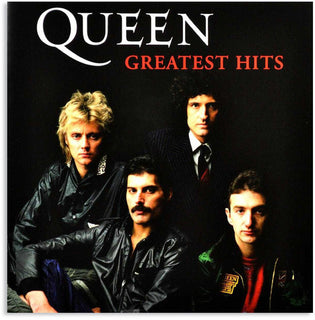
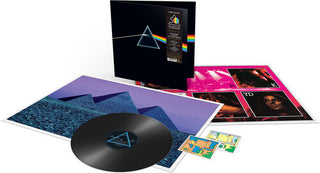
![Bob Marley: Legend [Reissue]](http://victrola.com/cdn/shop/files/1531895_320x320.jpg?v=1695411493)
